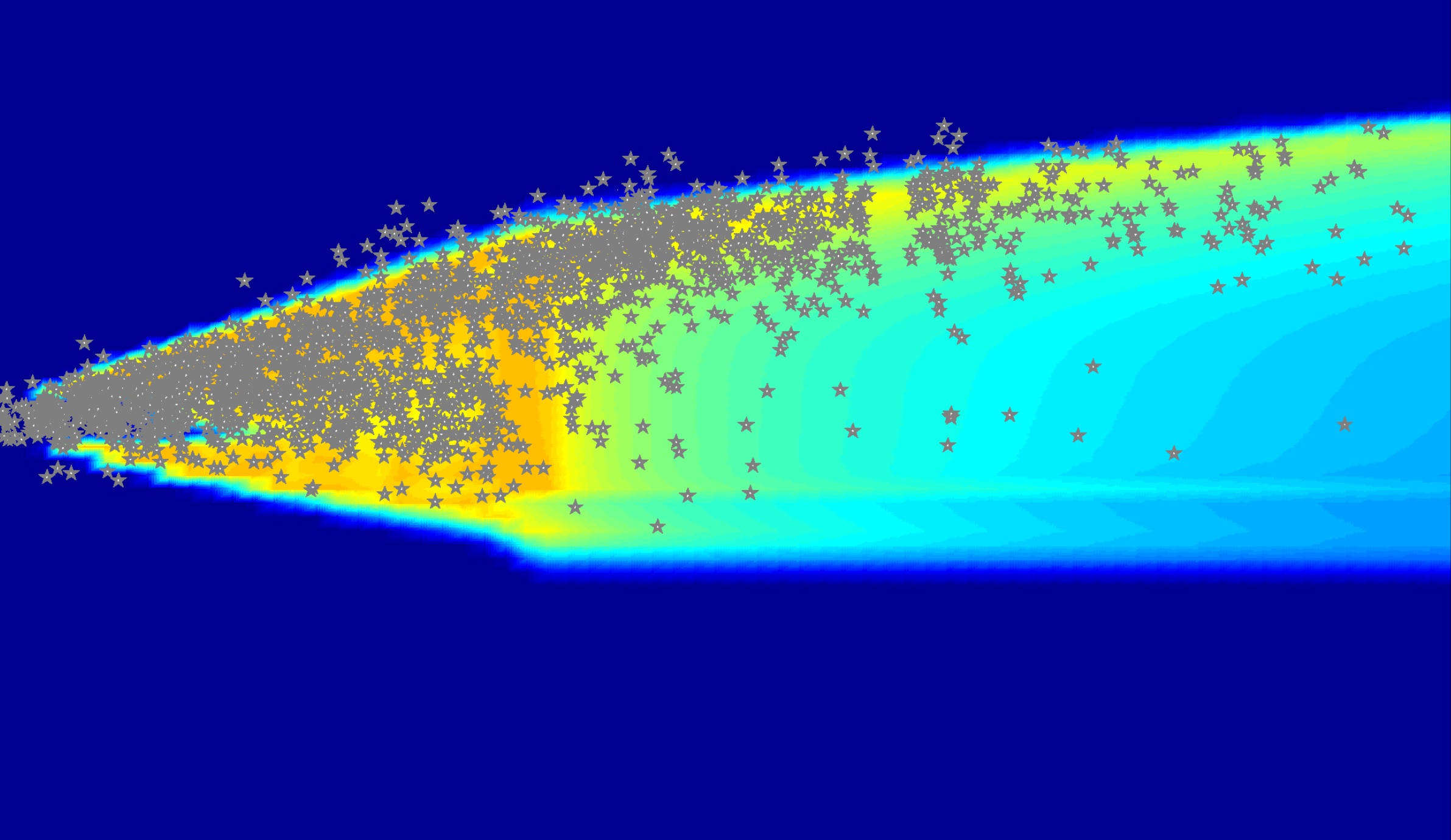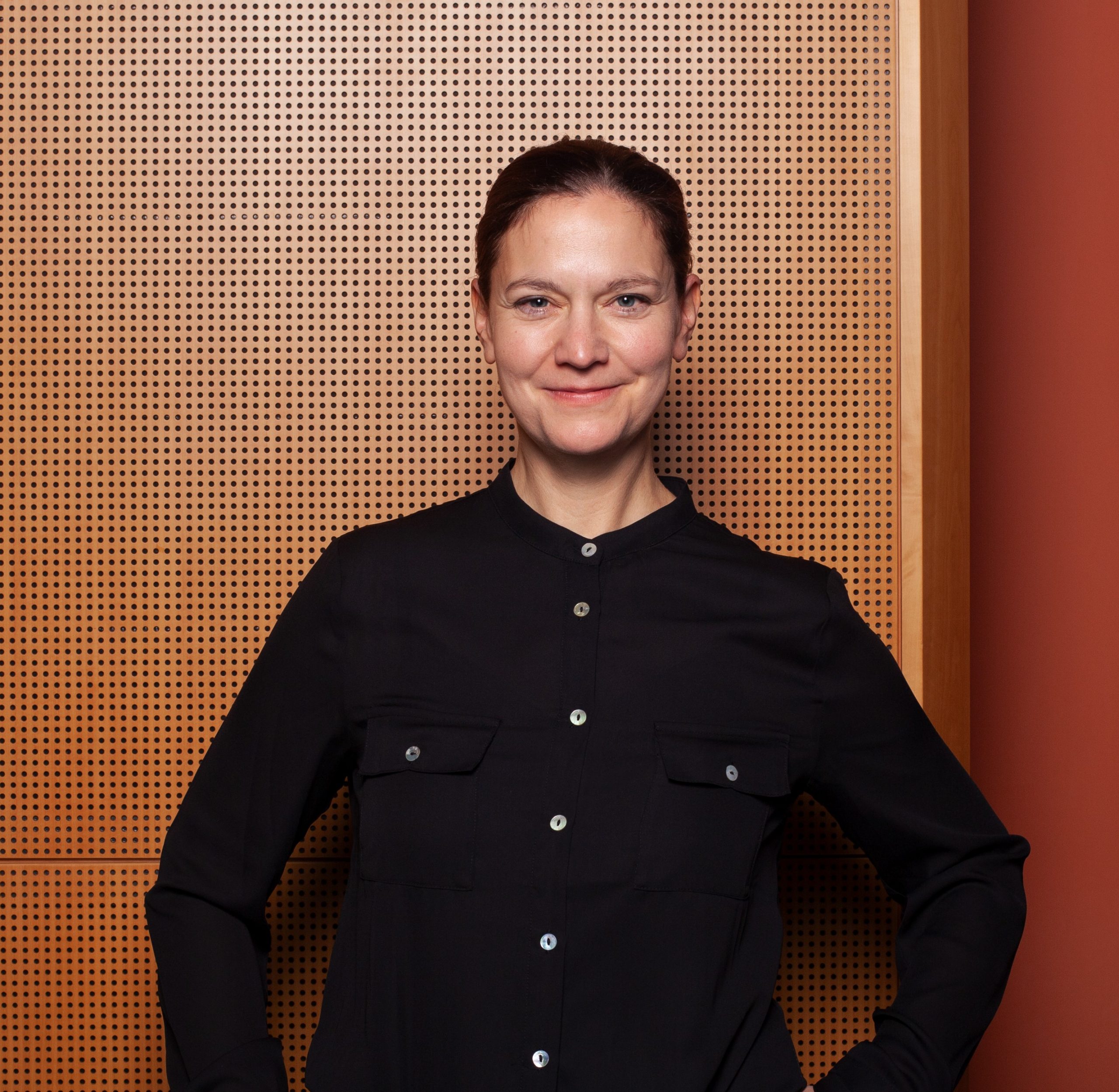DGMK-Project Geosciences
SECURE - Sustainable Deployment and Conservation of Underground Reservoirs and Environment
T. Dahm, S. Cesca, S. Hainzl, A. Zang, P. Niemz, G. Richter, F. Silverii, T. Walter
Johannes Gutenberg University Mainz
B. Kaus, T. Baumann, A. Popov, D. Muessle
Ludwig Maximilians University Munich
J. Aquarius, T. Megies
University of Potsdam
G. Zöller, G. Richter
The sustainable use of underground georesources using new technologies requires a profound understanding of the processes that influence the integrity of reservoir and barrier rocks and take into account the interaction with existing, natural fault systems. The weakening of the rock through crack formation and growth under pressure and stress conditions that vary over time plays a major role in this process. Up until now, isolated empirical models for crack formation have usually been developed for different reservoir rocks and utilization activities. A uniform concept based on fracture mechanics principles is largely lacking.
In SECURE, multi-scale and versatile prediction and characterisation tools for the sustainable use of gas storage facilities, conventional and unconventional hydrocarbon reservoirs and geothermal reservoirs under production are to be developed.
The joint project aims to improve the process understanding for geological, underground reservoir systems and to develop new tools for characterizing integrity and permeability. Crack formation and crack growth in the reservoir rock, which is recorded e.g. by seismological and geodynamic monitoring, plays a central role in this context. Therefore, processes accompanied by seismicity will be investigated in particular. A prognosis and characterisation model that is both scale- and application-spanning is to be developed, which combines fracture-mechanical principles with probabilistic seismicity models. The macromechanical modelling of stress and pressure changes will be combined with the micromechanical description of damage and permeability changes. SECURE combines innovative modelling methods with state-of-the-art methods of seismological source characterisation and monitoring. The consistent, probabilistic description of crack rates should enable the Bayesian parameter determination.
The project is funded by the German Federal Ministry of Education and Research (grant no. 03G0872).
The project was successfully completed. The publication of the DGMK research report is in preparation.
Journal papers (peer reviewed)
Maccaferri, F., Smittarello, D., Pinel, V. and Cayol, V., 2019 On the propagation path of magma-filled dikes and hydrofractures: the competition between external stress, internal pressure, and crack length. Geochemistry, Geophysics, Geosystems. https://doi.org/10.1029/2018GC007915.


Dr. Susanne Kuchling
Head of the Geo-Energy-Systems and Subsurface Technologies Department
Federal Ministry of Education and Research